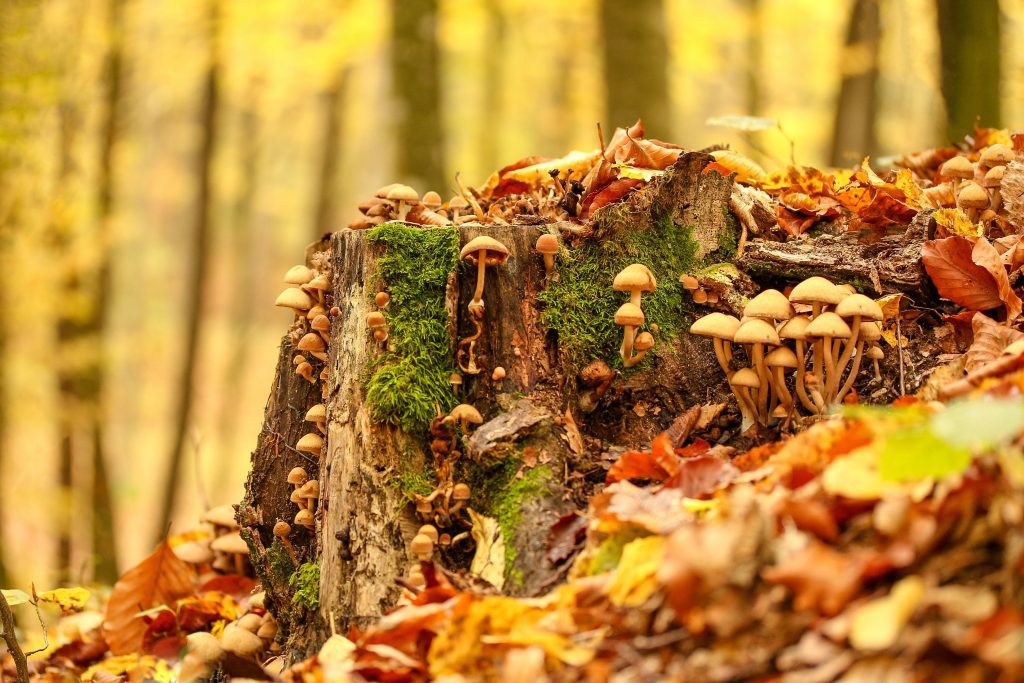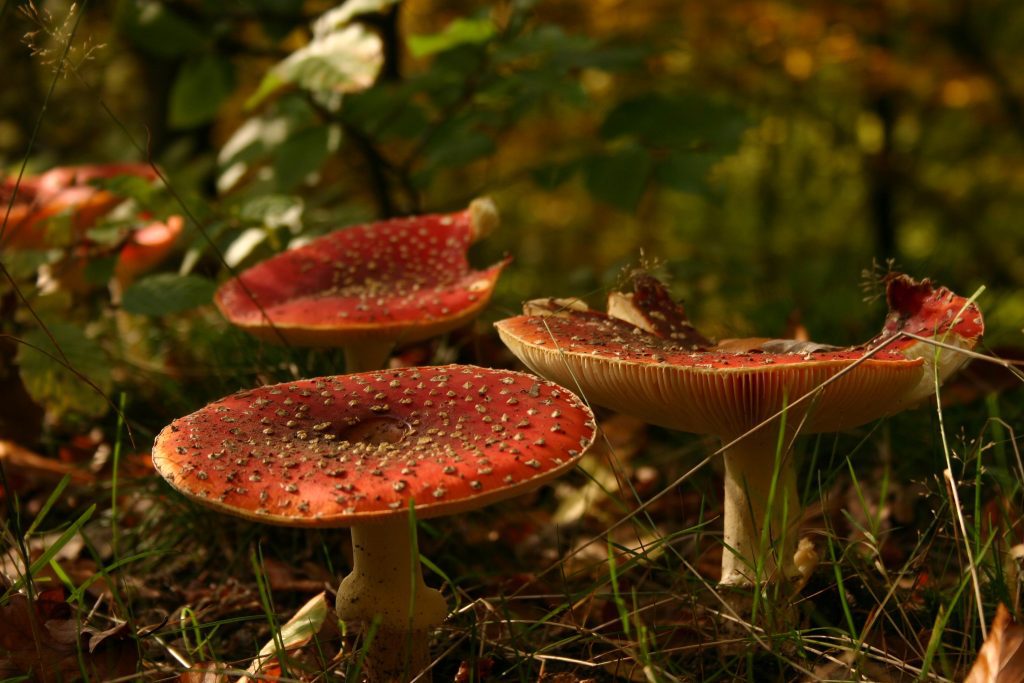Everything There Is To Know About Fungi
Fungi are an enthralling, prolific, and essential element of our world. Even though they appear to be the most basic form of life on earth, they are highly complex, and we are still learning new things about them. Many people associate fungus with the mushrooms we observe above ground.

However, these species have an entire underground world that is considerably more sophisticated and diverse.
Mushrooms are by far the most visible fungus, with many of them edible and all of them aesthetically pleasing. They are what you notice sprouting out of decaying logs when hiking through the woods in the fall.
Yeast is another important fungus in the food industry since it makes bread, beer, and other things. Mold, mildew, and rust are commercially significant fungi because they frequently affect food plants such as corn and wheat.
Fungi’s above-ground components are virtually usually used for reproduction. They are referred to as “fruiting bodies,” even though fungi do not develop fruits in the same way that plants do. Instead, fungus fruiting bodies create spores disseminated in numerous ways, exhibiting a wide range of distinct traits and activities.

Some fungus species rely on animals to spread their spores, similar to how blooming plants depend on pollinators. Mushrooms may smell like anything from fresh fruit to decaying flesh, attracting insects such as beetles and carrion flies to the fruiting body. The bug is subsequently coated with spores and begins its journey through the forest.
Some fungi are highly selective about where they obtain their nutrition. Other fungi are generalists that can extract nutrients from many types of decaying organic matter.
